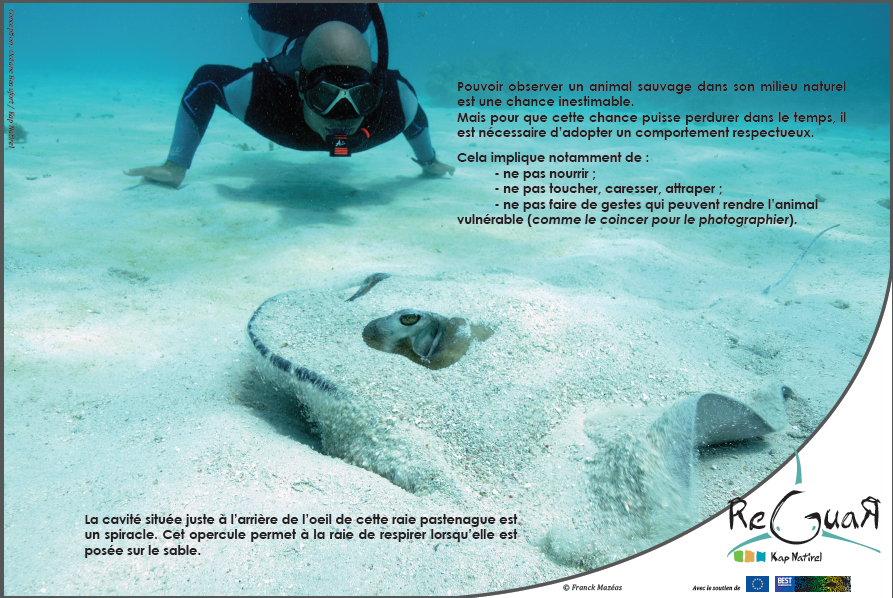Reubicación de familias a través de una acertada política habitacional
Un plan estratégico habitacional efectivo y adaptado a esa situación estructural fue clave en la recuperación de este área tan devastada.
Se ha llevado a cabo el traslado de alrededor de 200 familias y, posteriormente, una extensa limpieza del sector a través de un proceso de recuperación y conservación permanente. Dichas familias se dedicaban a la separación de basura y de residuos sólidos domiciliarios e industriales, material que luego comercializaban. Este proceso era realizado de forma irregular y sin conocimiento de la temática, es así que esta actividad se tornaba un elemento perjudicial adicional en este ya devastado escenario para el medio ambiente .
Este proyecto habitacional, a diferencia de lo que sucede en muchas partes de Sudamérica, ha sido planificado e implementado en forma humanizada, atendiendo a las necesidades de las personas que habitaban el lugar. Ha sido un proceso habitacional de calidad, que no sólo ha reubicado a las familias sino que también ha ayudado a capacitarlas en actividades de reciclaje para llevar el proceso de manera más profesional, consciente y alineada a la normativa de esta actividad.
Esto ha sido posible gracias la buena predisposición y al diálogo mutuo de las autoridades municipales con las familias que habitaban el área, sin dejar de mencionar el hecho de haber declarado de utilidad pública ya en el año 1994 al área donde actualmente se emplaza el Parque, esto ha dado un marco legal previo y de sostén, reforzando y dando mayor solidez a todas las decisiones tomadas a partir de esa declaración.
Una de las lecciones aprendidas es la manera en cómo fue estructurado el diálogo con las familias ocupantes del área recuperada, el primer paso para comenzar a dialogar con la población fue demostrar fácticamente, es decir, a través de hechos, la conveniencia de proteger el medioambiente.
El relevamiento de la situación actual ha aportado mucho también, revelando las causas que tornaban tan difícil regularizar la situación de esas familias, asimismo, ha demostrado que debido a las condiciones sanitarias, inundaciones etc, era urgente reubicar a esas personas en otras áreas como por ejemplo en el loteamiento Tancredo- Neves , el cuál sí contaba con condiciones dignas de habitación, agua, luz, servicios sanitarios, etc.
El gran aprendizaje aquí, también ha sido que las familias al ver las ventajas que esta iniciativa supondría, han hecho que la situación fluya en direcciones beneficiosas para todas las partes, pero muy especialmente para el cuidado y preservación de la biodiversidad, un recurso de todos y para beneficio de todos.
